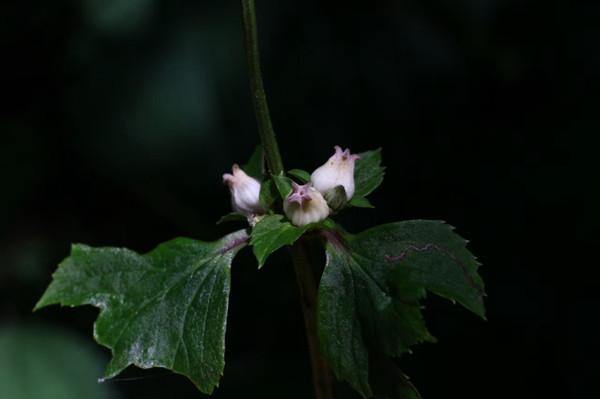Anji county in Huzhou, East China's Zhejiang province recently announced the discovery of two new plant species.
That followed a comprehensive three-year survey of its wild plant resources, marking the first systematic inventory of the county's botanical diversity.
The newly identified species, Zhejiang xiaoquweixian — a type of moss that belongs to the genus Dicranum of the family Dicranaceae — and Longwangshan clematis, were discovered in Anji's Hynobius Amjiensis National Nature Reserve.
The Zhejiang xiaoquweixian is noted for its yellow-green color and upright, sword-like leaves that remain erect even when dry. The Longwangshan clematis blooms in midsummer, with flowers measuring 2-3 centimeters in diameter and four pale yellow sepals that form bell-shaped structures.

The Longwangshan clematis. [Photo/Tide News]
"This discovery underscores the ecological uniqueness and scientific value of Anji's ecosystems, particularly the Longwangshan area," said Shen Bin, deputy head of Anji county.
The survey also recorded 629 new plant distribution records for Anji, including seven species documented for the first time in Zhejiang and 508 in Huzhou. The findings significantly enhance the understanding of regional biodiversity.
The survey documented 3,010 species of wild and commonly cultivated higher plants in Anji, with native wild plants accounting for 2,536 species. The numbers of documented higher plant families, genera, and species respectively accounted for 84.4 percent, 63.7 percent, and 54.1 percent of Zhejiang's total.
Innovative techniques were employed in the survey, including a newly developed mobile app that improved fieldwork efficiency and data management.




